ACORD forms are the industry standard for collecting and sharing information between agents, carriers, and insureds. While most people are familiar with the main ACORD forms like ACORD 125 (Applicant Information), 126 (General Liability), or 130 (Workers’ Compensation), fewer are aware of the supplementary ACORD forms.
What Are Supplementary ACORD Forms?
Supplementary ACORD forms are additional documents used to provide detailed or specific information that cannot be fully captured in the main form. These forms act like “attachments” to a primary form and are designed to handle more complex, specialized, or overflow data.
Examples of Supplementary Forms:
- ACORD 126 – General Liability Section (used with ACORD 125)
- ACORD 131 – Umbrella/Excess Section
- ACORD 45 – Additional Interest Schedule
- ACORD 46 – Schedule of Policy Forms and Endorsements
- ACORD 140 – Property Section (for property-related details)
When Do You Use Supplementary ACORD Forms?
Supplementary forms are used only when needed—they are not mandatory for every submission. Here’s when you should include them:
1. When a Specific Line of Business Requires Additional Information
Some lines of business (LOBs) demand more detail than the main form can handle.
Example:
If the applicant requests Commercial General Liability (CGL), you’ll need to attach:
- ACORD 125 (basic applicant data)
- ACORD 126 (to specify coverages, limits, exposures, and rating information)
Without ACORD 126, the carrier may not have enough data to underwrite the risk properly.
2. When Multiple Entities or Interests Must Be Listed
ACORD 125 doesn’t support listing many additional interests, such as mortgagees or lienholders.
Use Case:
Attach ACORD 45 – Additional Interest Schedule when:
- Property has 2+ lienholders
- Listing multiple certificate holders or loss payees
3. For Schedule-Driven Details
Some business scenarios require schedules for items that repeat, like buildings, vehicles, drivers, or equipment.
Examples:
- ACORD 140: Used when the applicant has multiple buildings under commercial property coverage.
- ACORD 62: Required when listing more than two drivers under an auto policy.
- ACORD 101: For additional remarks that don’t fit into structured form fields.
4. To Comply with Carrier or State Requirements
Some carriers and states mandate certain supplementary forms, even if the situation doesn’t clearly require them.
Example:
- Some states may require ACORD 61 – Agency Information as proof of licensing
- Carriers might require ACORD 46 – Schedule of Forms & Endorsements in commercial packages
5. For Enhanced Customization or Documentation
When the standard fields in a main form aren’t enough to explain a risk, supplementary forms like ACORD 101 (Remarks Schedule) come in handy.
Use case:
Use ACORD 101 to:
- Add policyholder notes
- Explain unique underwriting conditions
- Clarify changes in prior coverage or unusual risk factors
Why Are Supplementary Forms Important?
Using supplementary forms ensures your application is:
- Complete – All necessary information is submitted in a structured, industry-standard format.
- Compliant – You meet all carrier, broker, and regulatory documentation requirements.
- Efficient – Helps underwriters process applications faster by providing clear data.
- Scalable – Enables agencies to support complex or large-scale policies with ease.

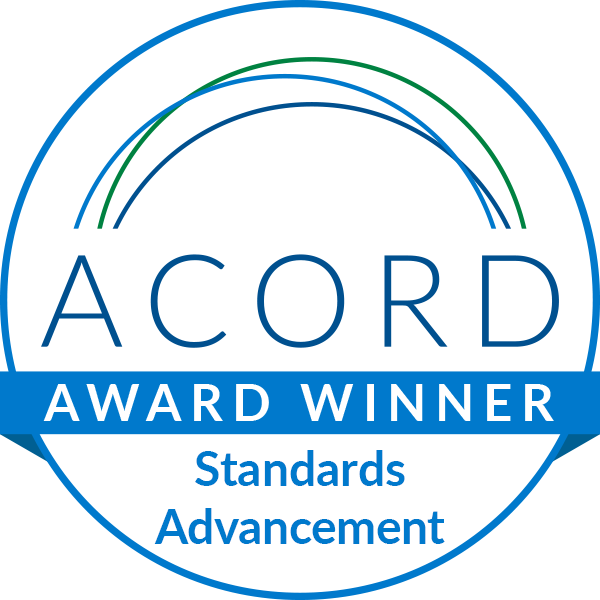
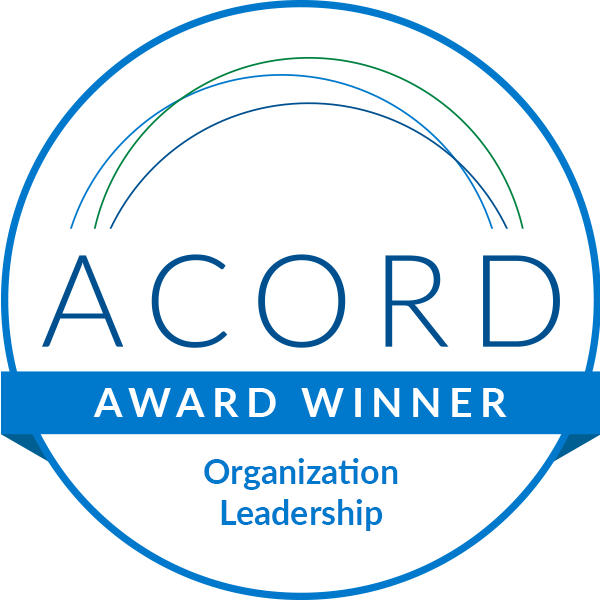
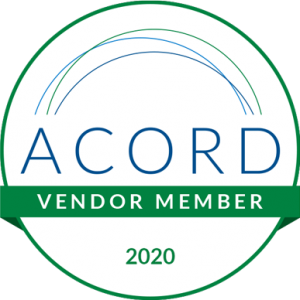
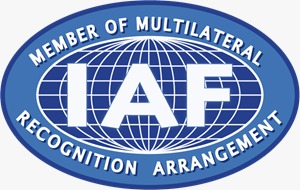
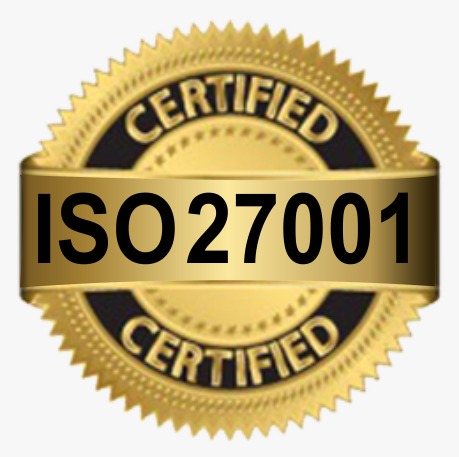
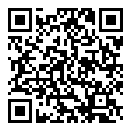
Leave A Comment